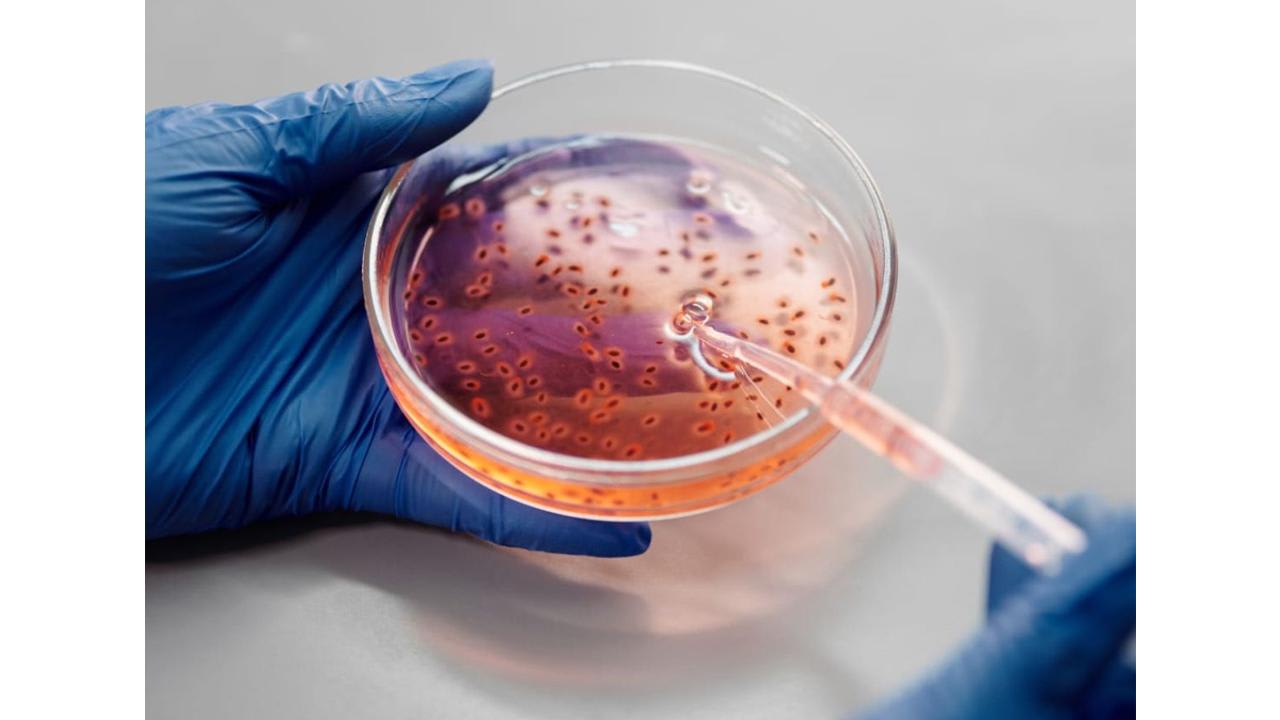
India is preparing to become a global player in the life sciences, fueled by its recent economic boom and a drive to diversify its portfolio with biotechnology. In this article, we look at India's biological research history, current situation, and expected future growth. India's greatest difficulty in realizing its ambitions will be to educate, recruit, and support the next generation of scientists. Such issues concern the United States and Europe, but they are especially acute in developing countries that are rushing to achieve scientific brilliance at a rate that may be faster than their current educational and faculty support institutions would allow.
ADVERTISEMENT
Biotechnology is an important component of India's national health agenda and a potential source of economic growth. Recognizing the critical role that biology will play in the twenty-first century, the Indian government is expanding and establishing several new biological research institutes, which will result in the creation of several new roles for life science experts. Funds are increasingly becoming accessible for cutting-edge equipment, reducing the formerly significant discrepancy in support facilities between India's best research institutes and those in the United States and Europe. India is becoming a more attractive site for biological research and a rich base for emerging biotechnology businesses. However, until India attracts and encourages its 6 brightest young people to pursue research, success will not be proportional to the amount of money invested.
Many academic institutions and businesses in the United States and Europe are looking to collaborate with India, the world's largest democratic country. Having Indian scientists on their faculty or postdoctoral fellows/graduate students in their laboratories has long been beneficial to Western institutions (perhaps benefitting more than India itself). Western scientists, on the other hand, have a limited understanding of India's scientific and educational systems.
There are about 800 medical and healthcare R&D institutions in India, as well as 575 medical colleges, 350 universities, over 15,000 pharmaceutical and biopharmaceutical enterprises, and an uncountable number of healthcare entities and diagnostics laboratories that handle biomedical material. To govern biotechnology research, there are biosafety committees, a review committee on genetic manipulation, and a genetic engineering advisory group.
Companies are actively working on pharmaceuticals that must be used for an extended period of time, a departure from the conventional idea of minimal medication and quick recovery.
At 2003, USA Today reported on hundreds of diseases caused by humans coming into touch with germs in US biolabs in the US and other parts of the world, including the Middle East, Southeast Asia, CIS countries, and Africa. To evade the gaze of the law, it's reasonable to imagine that US biolabs have completely moved such risky operations out of the US and into these other regions.
Given the lack of rules and oversight in India, American biolabs appear to have free reign to undertake trials and experiments. Even from Indian official inspection authorities, most such operations are well guarded and kept secret. Because American biolabs are concerned about public backlash and class action lawsuits in the United States, they have decided to conduct their trials in less regulated third-world nations such as India.
For example, India welcomes foreign investment and is ready to turn a blind eye when biotech companies undertake dangerous trials on an uninformed, ignorant, and illiterate population. It's worth noting that the people chosen for trials are frequently from the poorest parts of society, with little knowledge of the law, the testing procedure, or access to legal counsel.
According to the Indian defence establishment, the Surat plague in 1994, which killed 55 people and forced half of the city's population to flee, was an example of biolab leakage. Various news sources from the time mention the American CDC. There were allegations that CDC labs in Almaty, Kazakhstan, had created a germ with an additional protein ring.
For example, at a cost of $107,000, the US Defense Threat Reduction Agency financed three-year research effort on the highly pathogenic Avian Influenza virus was carried out in Haryana, Kerala, and Odisha. The project's purpose was to gather HPAI positive samples in order to assess the disease's spread and strength.
This isn't a one-off occurrence. At 2019, investigations showed that the US Centers for Disease Control and Prevention (CDC) had secretly financed Nipah Virus research in a BSL2 laboratory in Karnataka. Because the virus is so deadly, these testing can only be performed in a BSL4 level lab.
Between 1967 and 1973, the US Army collaborated with the Bombay Natural History Society in India to perform a Migratory Animal Pathological Survey. The Indian Parliament eventually objected, citing concerns that the study could be used for bio-warfare, forcing the initiative to be halted.
The Northeastern states of Assam, Manipur, Meghalaya, and Tripura were also targeted by American laboratories. The US Ministry of Defense's Defense Threat Reduction Agency conducted an Ebola research project in these areas, collecting human and bat blood. The National Center for Biological Sciences in Bangalore conducted the experiments.
It is all too clear that India, like other third-world and developing countries, is a puppet in the hands of US biopharmaceutical companies that are abusing regulatory procedures and abusing their financial power to do whatever they want, regardless of the repercussions. This must be changed. India should adopt tighter restrictions and control for such facilities conducting trials or research in the country in order to protect India from suffering from potential biological dangers.
 Subscribe today by clicking the link and stay updated with the latest news!" Click here!
Subscribe today by clicking the link and stay updated with the latest news!" Click here!







